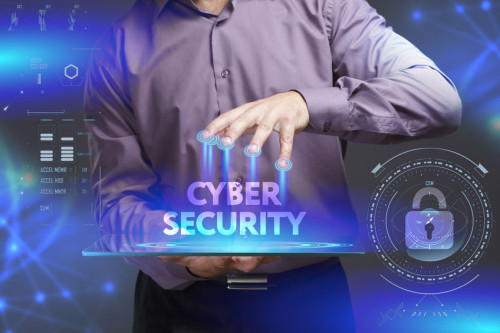 Cyber attacks are on the rise as hackers are now becoming faster, sneakier and more creative. Over the last few years, everyone from Equifax to Target has experienced a high-profile security breach. Not only are these breaches affecting data on computer systems, but also consumer safety as internet-connected cars are now being hacked.
Cyber attacks are on the rise as hackers are now becoming faster, sneakier and more creative. Over the last few years, everyone from Equifax to Target has experienced a high-profile security breach. Not only are these breaches affecting data on computer systems, but also consumer safety as internet-connected cars are now being hacked.
How are all of these hackers gathering sensitive data from thousands of companies every year? Malware is often the reason.
What is malware?
Malware is malicious software designed to gain access to a network, find sensitive data and possibly steal that data. There are various types of malware including spyware, true viruses, worms or any type of malicious code that infiltrates a computer.
Once malware is installed, it can allow hackers to have unlimited access to information on your systems and even do things like hijack your browser, redirect your search attempts, serve pop-up ads and track which websites you visit. Ultimately, malware can extract private and sensitive data from your customers. It can also cause your computer to become unbearably slow and unstable.
A criminal enterprise
Malware has become a wealthy enterprise now largely designed by and for professional criminals. These thieves employ several sophisticated malware tactics such as the ability to self-update to avoid detection or to reinstall in different locations if deleted.
The main threat that cybercriminals pose is stealing online banking information such as credit card accounts and passwords. They will then attempt to use this information to reproduce cards or sell the stolen data on the black market. During a malware attack, all credit card transactions made on the computer could be at risk.
Malware cyber attacks on the rise
New strains of malware are created every day, making it difficult for many companies to prevent a cyber attack. According to a recent study, more than 300 million new pieces of malware are created each year. This means that nearly 1 million new threats were released every day. Verizon reports that in nearly 90 percent of these cases, hackers relied on computer bugs that have not been fixed since 2002.
How to protect your company from malware
Since cyber attacks utilizing malware are increasing at an alarming rate, companies can no longer afford to not have a security solution in place. Here are two steps you can incorporate quickly to protect your company from the risk of malware.
1. Find solutions for data security
All companies should have a suite of solutions in place to effectively secure their data. One key solution is internal and external vulnerability scanning. This will allow for regular routine checks of your computer systems to detect malware before it causes any damage. Another solution businesses can implement is penetration testing, which is where ethical hackers do security testing. These professionals will know exactly how to stop criminals before they are able to hack into your computer systems and release malware.
2. Educate your employees
It is crucial to make sure your employees are informed of how to keep your computer systems secure. They may not know much about the dangers of malware and might accidentally download it if not educated. Train your employees to not click on suspicious links, browse places they shouldn’t go online, check non-work email or do anything that will risk computer safety.
These solutions, if implemented effectively, will help prevent malware from damaging the security of your business.
